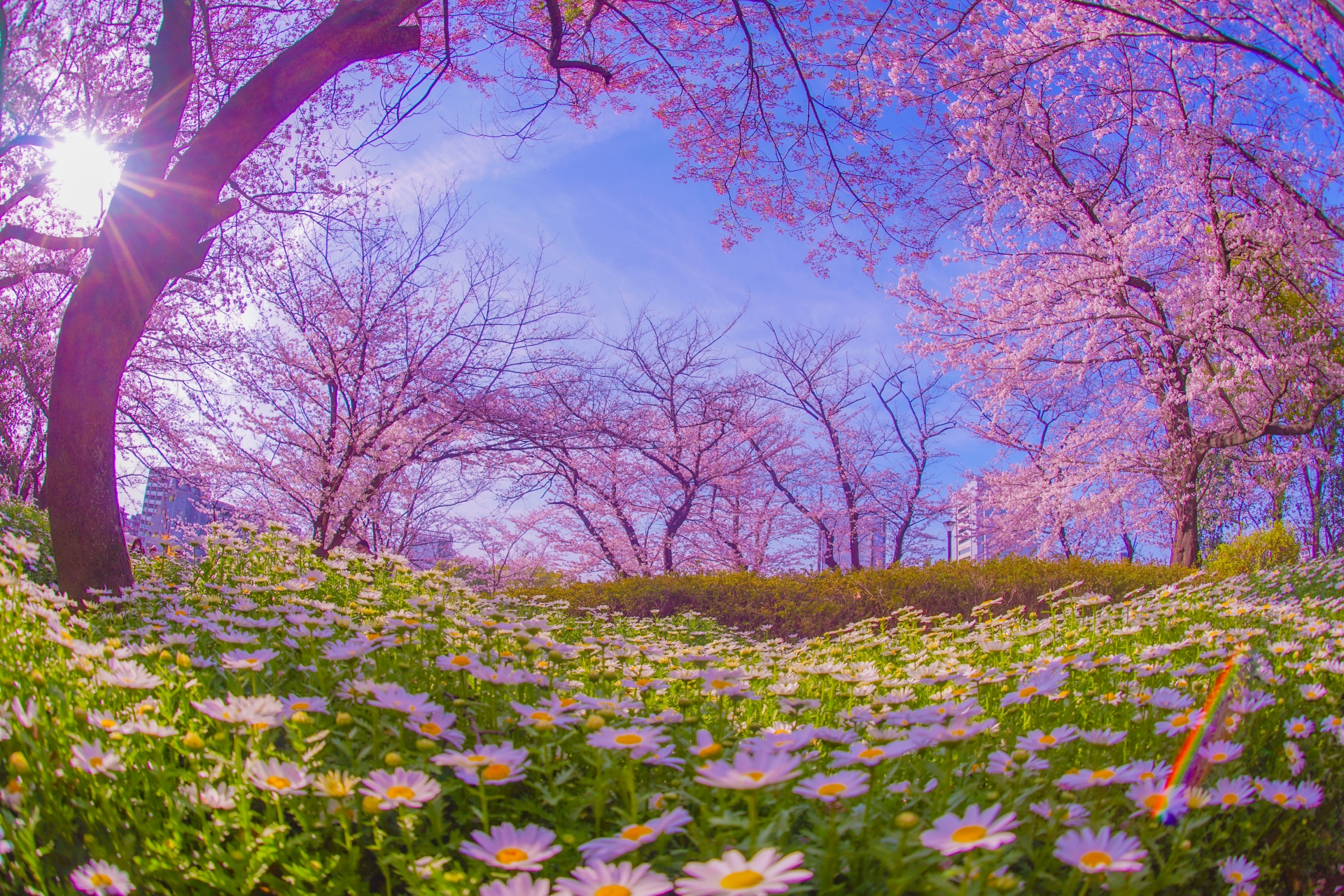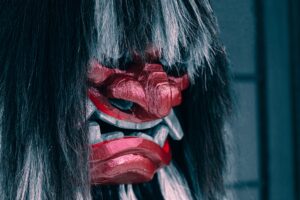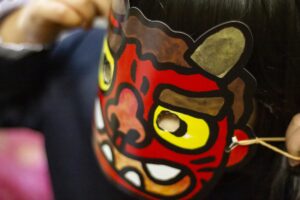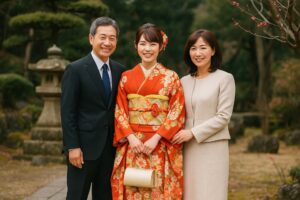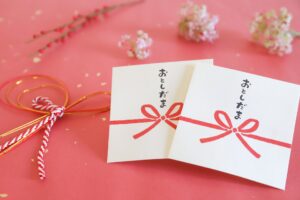Japanese flowers are renowned for their beauty and cultural meanings, deeply intertwined with art, tradition, and seasonal festivals. From the iconic cherry blossom to the vibrant chrysanthemum, each flower carries a unique message in Hanakotoba, the Japanese language of flowers. This article explores some of the most significant flowers in Japanese culture, their symbolism, and the best seasons and places to witness their bloom.
Introduction to Japanese Flowers and Hanakotoba
Japanese flowers hold deep cultural significance, especially through the practice of Hanakotoba, the Japanese “language of flowers.” This tradition assigns symbolic meanings to different flowers, which are used in various forms of art, gifts, and even tattoos. Flowers like the cherry blossom (sakura) represent the transient nature of life, while the chrysanthemum (kiku) symbolizes longevity and nobility. Hanakotoba continues to be relevant today, influencing modern floral arrangements, cultural celebrations, and artistic expressions.
Popular Flowers in Japanese Culture
Several flowers are emblematic of Japan, each carrying its own symbolic meaning. The sakura, for instance, represents beauty and impermanence, while the kiku symbolizes purity and the imperial family. Other notable flowers include sumire (violet), which stands for sincerity, and the ume (plum blossom), representing perseverance. These flowers bloom at specific times of the year and are often celebrated during festivals and in gardens across Japan.
Cherry Blossoms (Sakura): The National Flower

The cherry blossom is perhaps the most famous Japanese flower, known for its fleeting bloom and association with the ephemerality of life. During the hanami season in spring, people gather under sakura trees to appreciate their beauty. This tradition mirrors the Japanese cultural appreciation of life’s transient moments, making sakura a powerful national symbol of renewal and the passage of time.
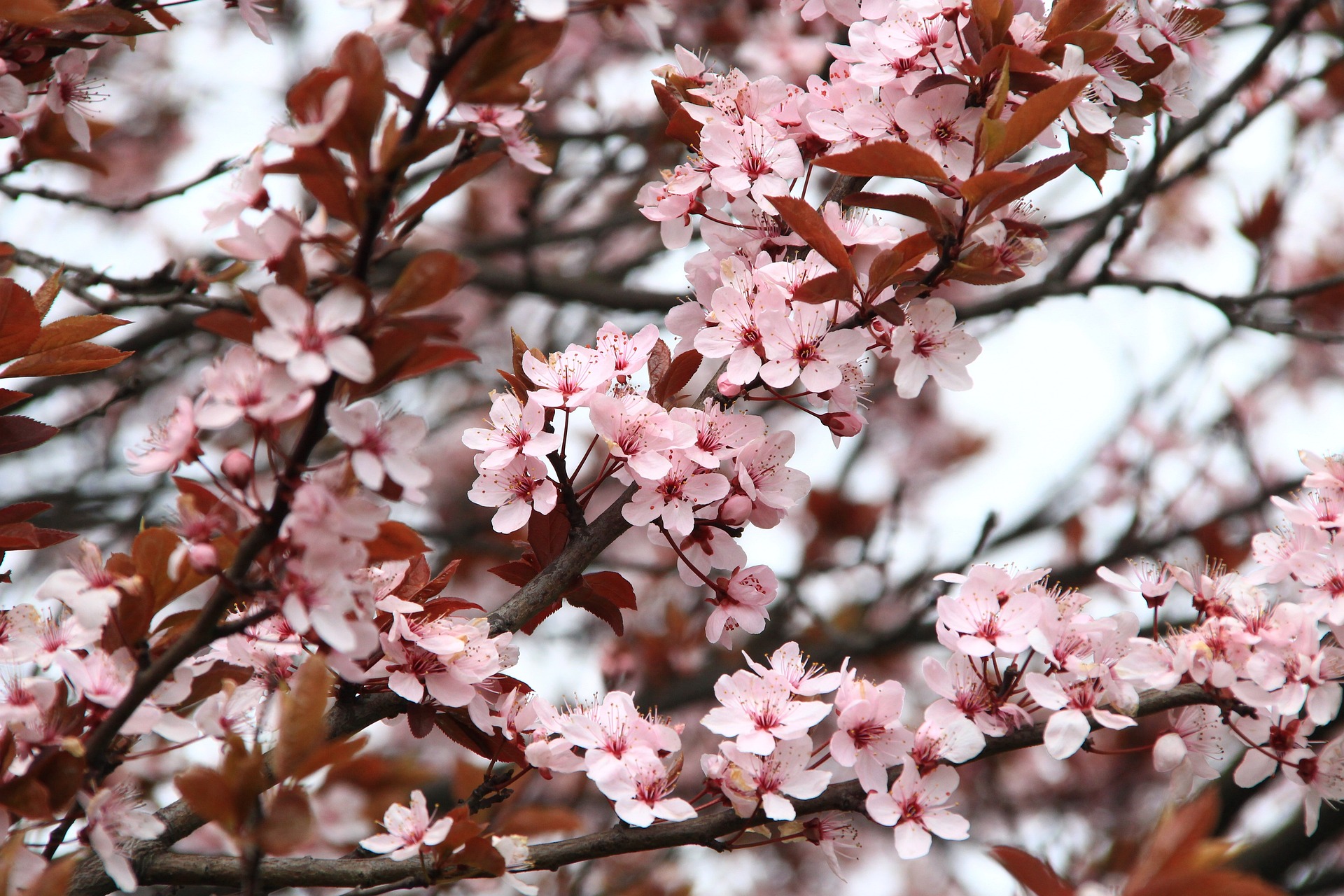
The Chrysanthemum (Kiku): Imperial Symbol
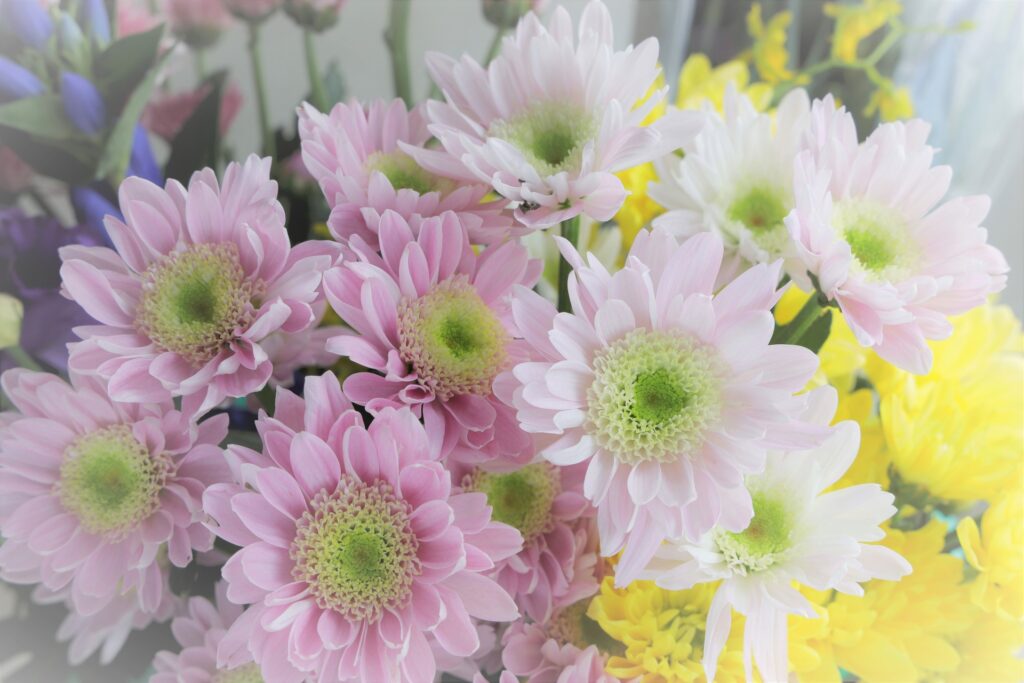
Kiku, the chrysanthemum, has long been associated with the Japanese imperial family. It appears on the imperial seal and represents nobility, longevity, and purity in Hanakotoba. The flower blooms in the autumn, coinciding with Chrysanthemum Day, one of Japan’s five seasonal festivals, showcasing its importance in both historical and modern contexts.
Seasonal Flower Highlights in Japan

Japan’s flowers bloom in a seasonal cycle, each bringing a unique beauty to the landscape.
- Spring: Cherry blossoms, ume (plum blossoms), and shibazakura (pink moss) dominate the scene.
- Summer: Look for ajisai (hydrangea), asagao (morning glory), and lotus flowers blooming in ponds and gardens.
- Autumn: Chrysanthemums take center stage, along with kosmosu (cosmos) and momiji (Japanese maple). These flowers can be seen in famous gardens like Shinjuku Gyoen in Tokyo and Ritsurin Garden in Takamatsu.
The Role of Flowers in Japanese Art and Festivals
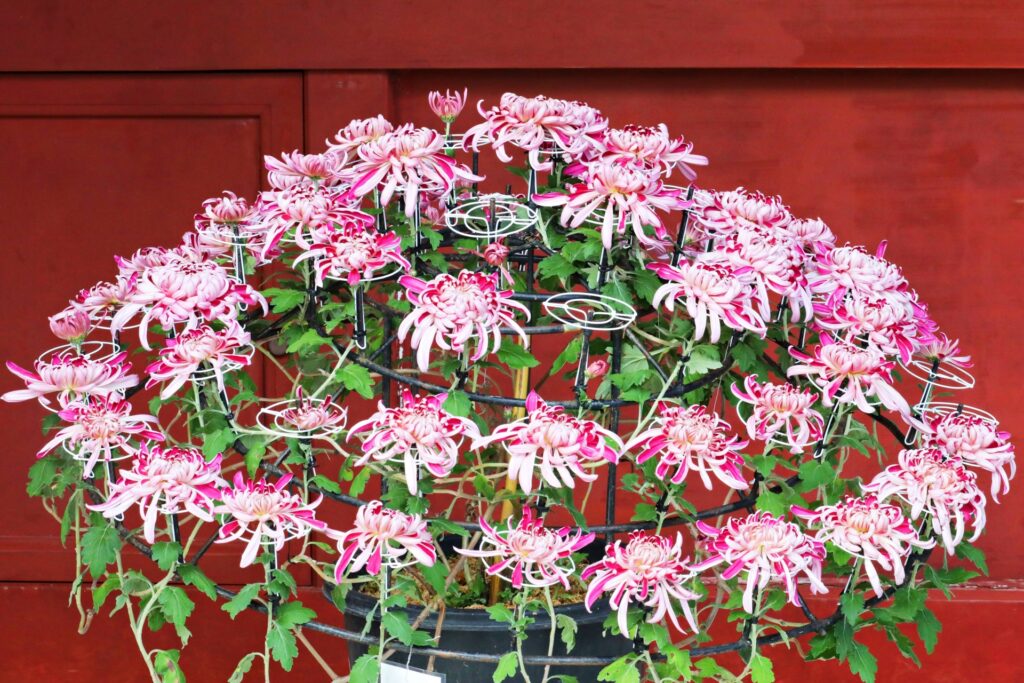
Flowers play an integral role in Japanese art forms, from Ikebana (the traditional art of flower arrangement) to Ukiyo-e (woodblock prints). Seasonal flowers inspire various art forms, including floral motifs in textiles and ceramics. Additionally, Japan celebrates numerous flower festivals, such as the Cherry Blossom Festival in spring and Chrysanthemum Exhibitions in the fall, where locals and tourists can immerse themselves in the beauty and symbolism of these blooms.
Ikebana: The Japanese Art of Flower Arrangement
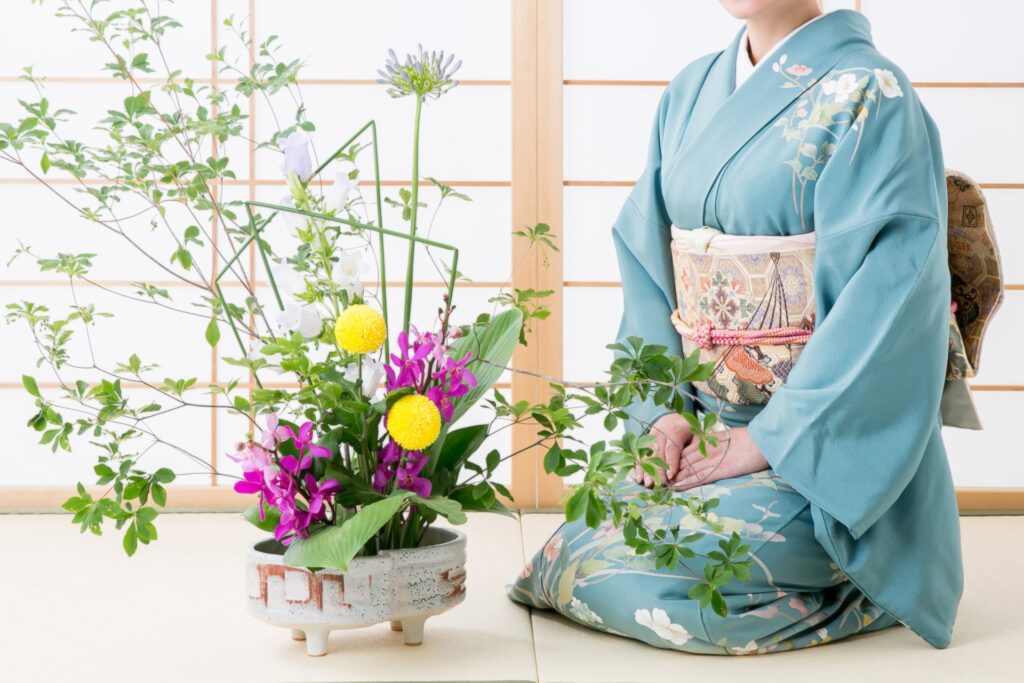
Ikebana is a traditional art form where flowers are arranged to reflect the beauty and balance of nature. Each flower chosen for Ikebana carries symbolic meaning in Hanakotoba, and the careful placement of each element conveys harmony, balance, and mindfulness. Beginners interested in practicing Ikebana can start by learning about the basic principles of space, balance, and simplicity, which are the core tenets of this ancient art form.

